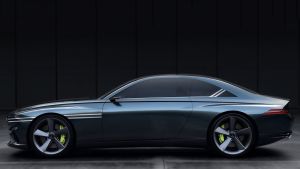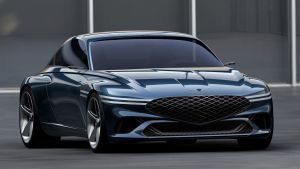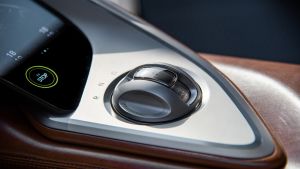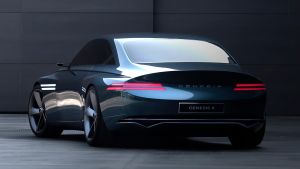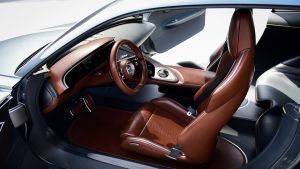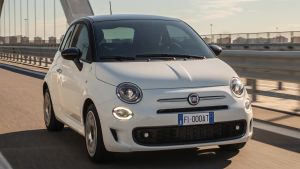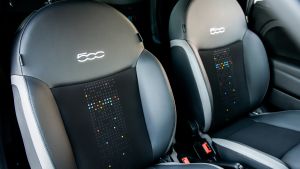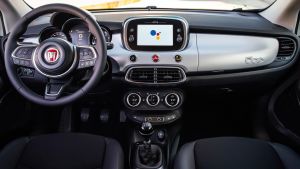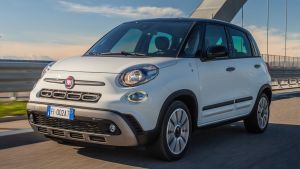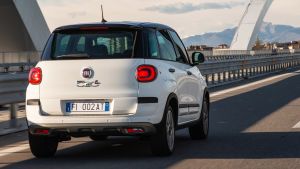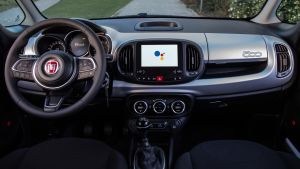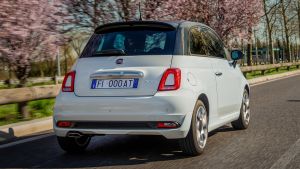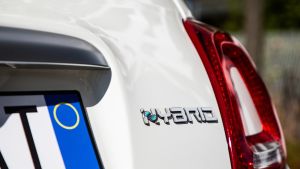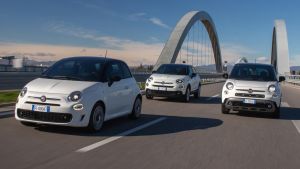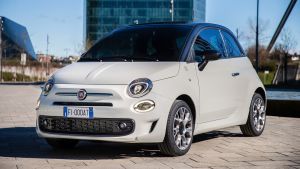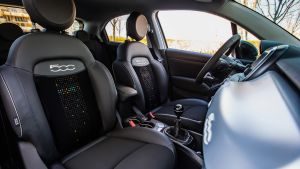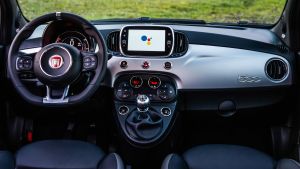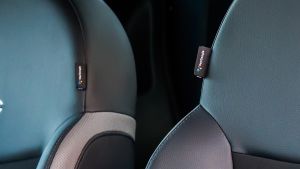Stellantis has revealed the next step in its aim to become a zero-emissions car company with a new hydrogen fuel cell powered medium-sized van.
The new model - not yet revealed - is based on the platform-sharing Citroen e-Dispatch/Peugeot e-Expert/Vauxhall Vivaro-e electric vans, but the technology is replaced by a new hydrogen fuel cell system.
- SEE MORE Best electric vans 2021
The set-up is described by Stellantis as a mid-power system. It comprises a 60bhp fuel cell stack under the bonnet, which is connected to three hydrogen tanks that can carry 4.4kg of hydrogen and are mounted under the cargo floor, in place of the electric van's 50kWh battery.
In addition, there's a 10.5kWh battery mounted under the seats which can be plugged in to be recharged. This provides power for the 121bhp electric motor which drives the front wheels and offers up to 31 miles of range on its own. Stellantis promises that the combined fuel cell system will be easily capable of more than 250 miles (subject to official WLTP tests) of zero-emissions driving, while three-minute refill times for the hydrogen system are far shorter than those for the electric vans.
The set-up is designed to mix power sources, so the battery provides power from a standstill, at low speeds and under acceleration, while the fuel cell takes over at cruising speeds when less energy is needed. As with full EVs, the system recoups energy back into the battery when coasting or decelerating.
Since the fuel cell system is integrated into the existing medium-sized van platform, cargo volume hasn't been compromised, while Stellantis promises a payload of up to 1.1 tonnes, depending on van size. The van will be offered in medium and long panel van guises.
Development of the fuel cell system was led by Opel's R&D department with input from Peugeot/Citroen and French hydrogen experts Faurecia and Symbio. This joint effort has sped up development and means the first vans will hit the roads before the end of 2021.
Hydrogen charging stations are still scarce across Europe, but these new models have received direct funding from the German government for their development, and are backed by a multi-billion Euros investment in EU hydrogen charging infrastructure being rolled out by French and German governments ahead of the EU's target for carbon neutrality in 2050.
Currently there are 25 hydrogen refuelling points in France, and 90 in Germany, with more being added every month.
Stellantis's hydrogen fuel cell tech is for vans only at the moment, but it could easily make the leap to passenger vehicles in the form of the Citroen SpaceTourer and Peugeot Traveller MPVs. There are currently no plans to produce a hydrogen Vauxhall Vivaro van, because the fuel cell system has only been developed for left-hand drive models. However, Stellantis sees this project as its first step in hydrogen fuel cell development, and it will drive research into its second-generation systems for its broad range of cars and vans.
Prices are to be confirmed, but Stellantis is trying to keep costs as low as possible by using its existing van tech and bringing in hydrogen experts to accelerate its development. The firm is focusing on total cost of ownership (TCO) and trying to attract as many businesses on board from the start to help reduce costs.
Click here to read our review of the all-electric Vauxhall Vivaro-e van...
from Sitewide RSS feed https://ift.tt/3fwv6xt
